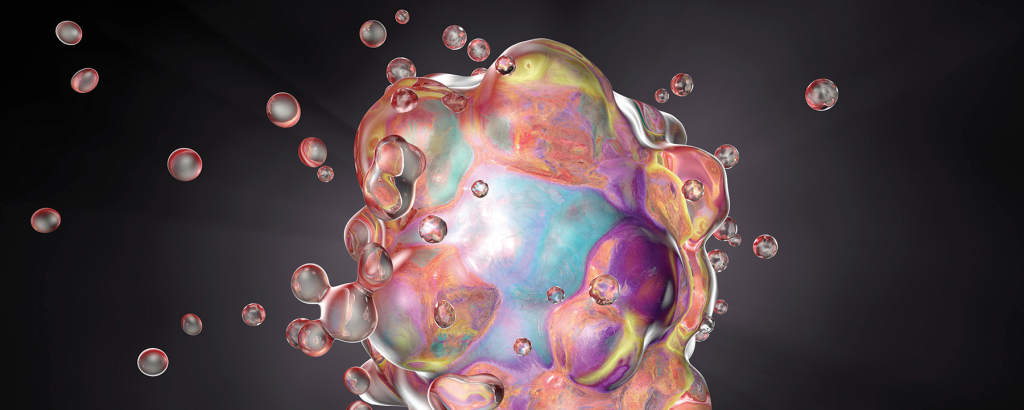Highlights
- •Genome editing enables the accurate insertion of PD-L1/CTLA4Ig cDNA
- •ALB-P/C hESCs can elicit an immune response in immune system-humanized mice
- •PD-L1 and CTLA4Ig are specifically expressed in ALB-P/C hESCs derived MHLCs
- •ALB-P/C hESCs derived MHLCs induce local immunotolerance upon transplantation
Summary
Immune rejection has long hindered allogeneic cell transplantation therapy. Current genetic modification approaches, including direct targeting of major histocompatibility complex or constitutive expression of immune inhibitory molecules, exhibit drawbacks such as severe adverse effects or elevated tumorigenesis risks. To overcome these limitations, we introduce an innovative approach to induce cell-type-specific immune tolerance in differentiated cells. By engineering human embryonic stem cells, we ensure the exclusive production of the immune inhibitory molecules PD-L1/CTLA4Ig in differentiated cells. Using this strategy, we generated hepatocyte-like cells expressing PD-L1 and CTLA4Ig, which effectively induced local immunotolerance. This approach was evaluated in a humanized mouse model that mimics the human immune system dynamics. We thus demonstrate a robust and selective induction of immunotolerance specific to hepatocytes, improving graft survival without observed tumorigenesis. This precise immune tolerance strategy holds great promise for advancing the development of stem cell-based therapeutics in regenerative medicine.
Introduction
Human pluripotent stem cells (hPSCs) hold enormous potential for cell replacement therapy in life-threatening diseases (Sterneckert et al., 2014). In particular, the transplantation of hPSC-derived hepatocytes might address the ongoing shortage of liver donors (Dhawan et al., 2010). However, immunological rejection remains a substantial barrier to the clinical implementation of such therapy (Boyd et al., 2012; Rezvani et al., 2016; Yamanaka, 2020; Zhao et al., 2015). Although immunosuppressive drugs can enhance graft cell survival, they introduce a slew of side effects, notably severe infections and an increased risk of cancer, which undermines the long-term success of transplantation (Gallagher et al., 2010; Meier-Kriesche et al., 2004; Rodriguez-Peralvarez et al., 2014; Wekerle and Grinyo, 2012; Womer et al., 2001). Therefore, there is a pressing need for innovative immunotolerance methods with reduced side effects to fully harness the potential of allo-transplantation-based cell therapy.
The application of genetic engineering to induce immune tolerance in differentiated derivatives has shown promise (Zheng et al., 2016; Zhu et al., 2017). This has given rise to several strategies, such as the replacement of class-I HLAs with HLA-E ectopic expression (Gornalusse et al., 2017), the removal of class-I and -II HLAs combined with CD47 overexpression (Deuse et al., 2019), and the interruption of immune co-regulatory pathways (Adams et al., 2016; Szot et al., 2015). Given the pivotal role the interaction between graft cells and a recipient’s immune system plays in immunotolerance, targeting co-stimulatory or co-inhibitory pathways appears to be a promising avenue for promoting immunotolerance. The T lymphocyte antigen 4-immunoglobulin fusion protein (CTLA4Ig) competes with CD28 for binding to CD80 and CD86, constituting primary co-stimulatory routes for T cell activation (
Adams et al., 2016). Concurrently, PD-L1, the ligand for programmed cell death 1 (PD1), acts as an immune checkpoint inhibiting T cell responses (Fife and Bluestone, 2008). These pathways collectively modulate the immune response, ensuring an equilibrated immune state. Remarkably, graft overexpressing CTLA4Ig and PD-L1 in hESCs (termed CP-hESC) were efficiently shielded from allogeneic immune rejection without triggering systemic immune suppression (Rong et al., 2014).
Yet, universally suppressing immunity in allograft cells presents challenges, especially when the final cell products derived from human PSCs contain undifferentiated or immature cells. Such suppression can lead to graft overgrowth. Additionally, the expression of genes such as SURVIVIN, MYC, and E2F2 during differentiation might endow cells with tumorigenic properties (Ben-David and Benvenisty, 2011; Lee et al., 2013; Yamanaka, 2020). Therefore, striking a balance between the benefits of immune evasion and the associated risks is paramount in formulating effective strategies for immune tolerance induction.
Results
Engineering hESCs for immunotolerance
To establish immune tolerance in hESCs, we employed CRISPR-Cas9 technology to insert an expression cassette of CTLA4Ig and PD-L1 into the human genome. For stable and robust ectopic expression, we first linked PD-L1 and CTLA4Ig with a self-cleaving T2A peptide and placed the cassette under the control of a universal expression promoter (CAG promoter) into the AAVS1 locus (Figures 1A and S1A). Our CRISPR-Cas9-mediated genome editing was efficient, with six out of eight colonies testing positive (Figures 1F and S1B) (refer to CAG-P/C hESCs). Robust expression of PD-L1/CTLA4Ig at the mRNA level was confirmed in CAG-P/C hESCs (Figure S1C), and CTLA4Ig protein was detected in the culture medium (Figure S1D). Membrane expression of PD-L1 in CAG-P/C hESCs was also confirmed through fluorescence-activated cell sorting (FACS) analysis (Figure S1E). This genome editing strategy was effective across multiple hESC lines, including the clinical-grade human embryonic stem cells Q-CTS-hESC-2 (referred to as CTS-CAG-P/C) (Gu et al., 2017) (Figure 1F)…







